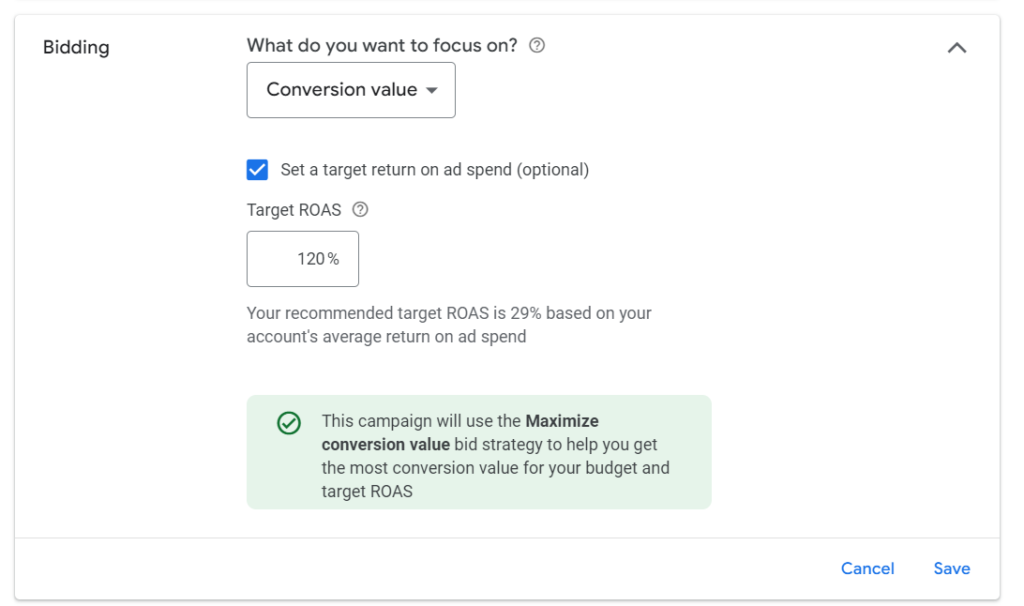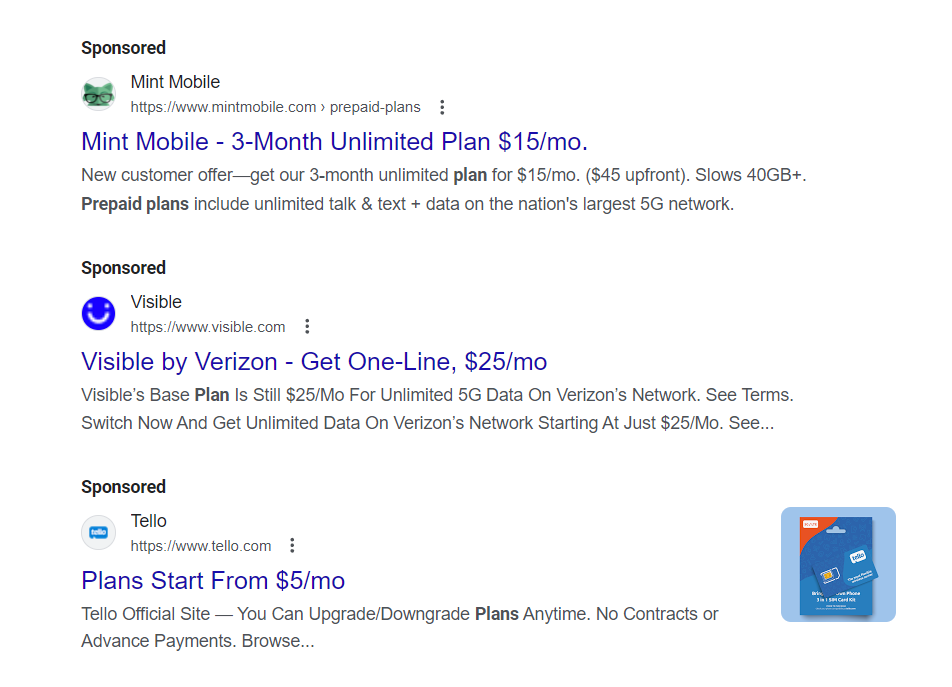In the world of digital marketing, running a Google Ads campaign is only half the battle. The other half is continuous optimization to ensure your ads are performing at their best. This blog post will cover essential tips and best practices to help you optimize your Google Ads campaign, improve your ROI, and achieve your marketing goals.

Contents
- 1 1. Set Clear Goals and KPIs
- 2 2. Conduct Thorough Keyword Research
- 3 3. Optimize Your Ad Copy
- 4 4. Improve Your Quality Score
- 5 5. Utilize Negative Keywords
- 6 6. Monitor and Adjust Bids
- 7 7. Test Different Ad Variations
- 8 Conclusion
- 9 Frequently Asked Questions Google Ads
- 10 2. What are the different types of Google Ads campaigns?
- 11 3. How do I choose the right bidding strategy for my campaign?
- 12 Conclusion
1. Set Clear Goals and KPIs
Define Your Objectives
Start by defining clear, measurable goals for your campaign. Are you looking to drive traffic, generate leads, increase sales, or boost brand awareness? Knowing your objectives will guide your optimization efforts.
Knowing your budget and your objectives would make it easy for google to archive your goals and create an successfully strategy, keep in mind that some results and conversions would probably takes at least weeks to arrive since google needs time to optimize and learn from your users activities and behavior.

Establish Key Performance Indicators (KPIs)
Identify the KPIs that will help you measure success. Common KPIs include click-through rate (CTR), conversion rate, cost per click (CPC), cost per acquisition (CPA), and return on ad spend (ROAS).
CPA: In Google Ads, CPA is the cost to acquire a customer or complete a desired action, calculated by dividing total ad spend by the number of conversions.
CTR: measures the percentage of clicks an ad receives relative to its impressions. It’s calculated by dividing clicks by impressions and multiplying by 100.
CPC: It is the amount you pay each time someone clicks on your ad. It is a key metric for managing and optimizing the cost of your advertising campaigns.
ROAS: (Return on Ad Spend) is a key performance metric in digital advertising that measures the effectiveness of a marketing campaign by comparing the revenue generated to the amount spent on ads.

2. Conduct Thorough Keyword Research
Use Google Keyword Planner
Utilize tools like Google Keyword Planner to find relevant keywords for your campaign. Focus on keywords with high search volume and low competition.
Include Long-Tail Keywords
Long-tail keywords are more specific and often less competitive. They can help you attract highly targeted traffic and improve your conversion rates.
We have a blog related to how to look for keywords in google planner.

3. Optimize Your Ad Copy
Write Compelling Headlines
Your ad headlines should grab attention and clearly convey the value of your offer. Use strong, action-oriented language and include your target keywords.

Use Ad Extensions
Ad extensions, such as sitelinks, callouts, and structured snippets, provide additional information and improve your ad’s visibility. They can also increase your CTR.
itelinks: Sitelinks are additional links that appear below the main ad text, directing users to specific pages on your website. They provide users with more options to navigate to different sections or offerings directly from the ad. Sitelinks are customizable, allowing you to choose which pages to showcase based on relevance to the user’s search query.
Callouts: Callouts are short phrases or sentences that highlight key benefits, features, or offers of your products or services. They appear below the ad text and can be used to emphasize unique selling points, promotions, or other important information. Callouts are not clickable and are used to provide additional persuasive information to encourage users to choose your ad.
Structured Snippets: Structured snippets provide specific details about aspects of your products or services within the ad. They appear below the main ad text as headers (e.g., Types, Brands, Styles) followed by a list of related items. Structured snippets help users understand more about what your business offers and can be customized to showcase different categories or attributes that are relevant to the user’s search.

4. Improve Your Quality Score
Focus on Relevance
Ensure your ads are relevant to the keywords you’re targeting. The closer the match, the higher your quality score will be.
Enhance Landing Pages
Your landing pages should provide a seamless experience for users. Ensure they are relevant to your ads, load quickly, and are optimized for conversions.
5. Utilize Negative Keywords
Exclude Irrelevant Searches
Negative keywords prevent your ads from showing up for irrelevant searches. This helps you save money and target only the most relevant audience.
Adding negative keywords in your campaign is crucial for:
- Enhancing ad relevance by excluding irrelevant search terms.
- Improving cost efficiency by reducing wasted spend.
- Increasing click-through rates (CTR) by targeting more relevant audiences.
- Boosting Quality Score through improved ad relevance.
- Refining and optimizing ad campaigns for better performance and ROI.
6. Monitor and Adjust Bids
Use Bid Adjustments
Adjust your bids based on performance data. Increase bids for high-performing keywords and reduce bids for underperforming ones.
Consider Automated Bidding
Automated bidding strategies, like Target CPA or Maximize Conversions, use machine learning to optimize your bids in real-time, helping you achieve better results.
7. Test Different Ad Variations
A/B Testing
Run A/B tests to compare different ad variations and determine which performs best. Test different headlines, descriptions, and calls to action.
Rotate Ads Evenly
Initially, rotate your ads evenly to gather sufficient data. Once you identify the top-performing ads, prioritize them to maximize their impact.
Conclusion
Optimizing your Google Ads campaign is essential for maximizing your return on investment and achieving your marketing goals. By setting clear objectives, conducting thorough keyword research, improving your ad copy, and continuously analyzing performance data, you can ensure your campaigns are always performing at their best. Implement these tips and best practices to take your Google Ads campaigns to the next level and drive better results for your business.

Frequently Asked Questions Google Ads
1. What is Google Ads and how does it work?
Google Ads is an online advertising platform that allows businesses to create ads that appear on Google’s search engine results pages and across the Google Display Network. Advertisers bid on keywords relevant to their products or services, and Google uses an auction system to determine which ads are shown. The goal is to drive traffic, generate leads, or increase sales.
2. What are the different types of Google Ads campaigns?
Google Ads offers several types of campaigns, including:
- Search Campaigns: Ads appear on Google search results pages.
- Display Campaigns: Ads appear across the Google Display Network.
- Shopping Campaigns: Ads appear on Google Shopping and search results pages.
- Video Campaigns: Ads appear on YouTube and across the Google Display Network.
- App Campaigns: Ads promote your mobile app across Google’s platforms.
3. How do I choose the right bidding strategy for my campaign?
Choosing the right bidding strategy depends on your campaign goals:
- Maximize Clicks: For driving traffic.
- Target CPA (Cost-Per-Acquisition): For driving conversions at a specific cost.
- Target ROAS (Return on Ad Spend): For maximizing revenue based on ROI goals.
- Maximize Conversions: For getting the most conversions within your budget.
- Manual CPC (Cost-Per-Click): For greater control over individual bids
Conclusion
Optimizing your Google Ads campaign is essential for maximizing your return on investment and achieving your marketing goals. By setting clear objectives, conducting thorough keyword research, improving your ad copy, and continuously analyzing performance data, you can ensure your campaigns are always performing at their best. Implement these tips and best practices to take your Google Ads campaigns to the next level and drive better results for your business.

